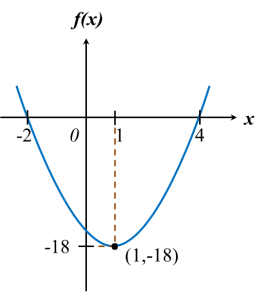Positive Integral Indices
When a real number a is multiplied by itself n times, the result is the nth power of a.
Example: 5×5×5×5 = 54 (5 to the power of 4)
In general, if a is any real number and n is a positive integer, then
The integer n is called the index or exponent and a is the base.
5.1 Indices and Laws of Indices (Part 1)
(A) Zero Indices
The zero index of any number is equal to one.
Example 1:
Find the value of the followings:
(a) 2500
(b) 0.5130
Solution:
(a) 2500 = 1
(b) 0.5130 = 1
(B) Negative Integral Indices
Example 2:
Find the value of the followings:
(a) 102 -1
(b) –6 -3
Solution:











